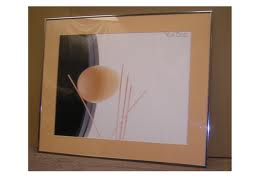In January 1997, at the funeral of his father, Dojc met a remarkable woman, Mrs Vajnorska. She was one of the thousand or so girls, who in early 1942 boarded the very first train to Auschwitz. She spent three years there and lost her entire family except for her brother.
Since then Mrs Vajnorska has made daily home visits to others who survived like she had. Dojc asked her if I could accompany her on her daily rounds. She agreed and Dojc began photographing these people and the world they live in.
In August 1968, Soviet tanks occupy Czechoslovakia following the Prague Spring and Dojc’s status as a summer student in London changes overnight to one of a refugee. A year later he flew to Toronto where he still lives.
Some four decades later Dojc is a major figure on the global photographic scene. He has earned considerable recognition for both his ouvre. His work ranges from portraits of Canadian War veterans to cityscapes is exhibited and published regularly. His recent work in Rwanda has appeared in the French daily Liberation under the dramatic headline of “Landscape of Genocide”.
In the 2000s chance led Dojc and a documentary film team to an abandoned Jewish school in eastern Slovakia, where time had stood still since the day in 1942 when all those attending it were taken away to the death camps . . . the school books were all still there, essay notebooks with corrections, school reports, even the sugar in the cupboard . . . These decaying books lying on dusty shelves; the last witnesses of a once thriving culture, are treated by Dojc as individual survivors – each book captured as in a portrait, preserved in their final beauty.
Amongst these many hundreds of books and fragments photographed by Dojc, one stands out especially, a book that miraculously found its way from a dusty pile to its rightful heir, a book once owned by Dojc’s grandfather Jakub. And so a journey which began with the portrait of his father came full circle.
The extensive project, spanning more than a decade, of which this exhibition represents a part, was first seen at the Slovak National Museum in Bratislava, followed by exhibitions Prague and Cambridge. The exhibition is currently in New York, from where it continues its journey across the US. It will also be seen in Moscow and Tel Aviv this year.
Last Folio exhibition will be in Brussels from May 4-20 at Pierre Bergé & associés on the Grand Sablon.







